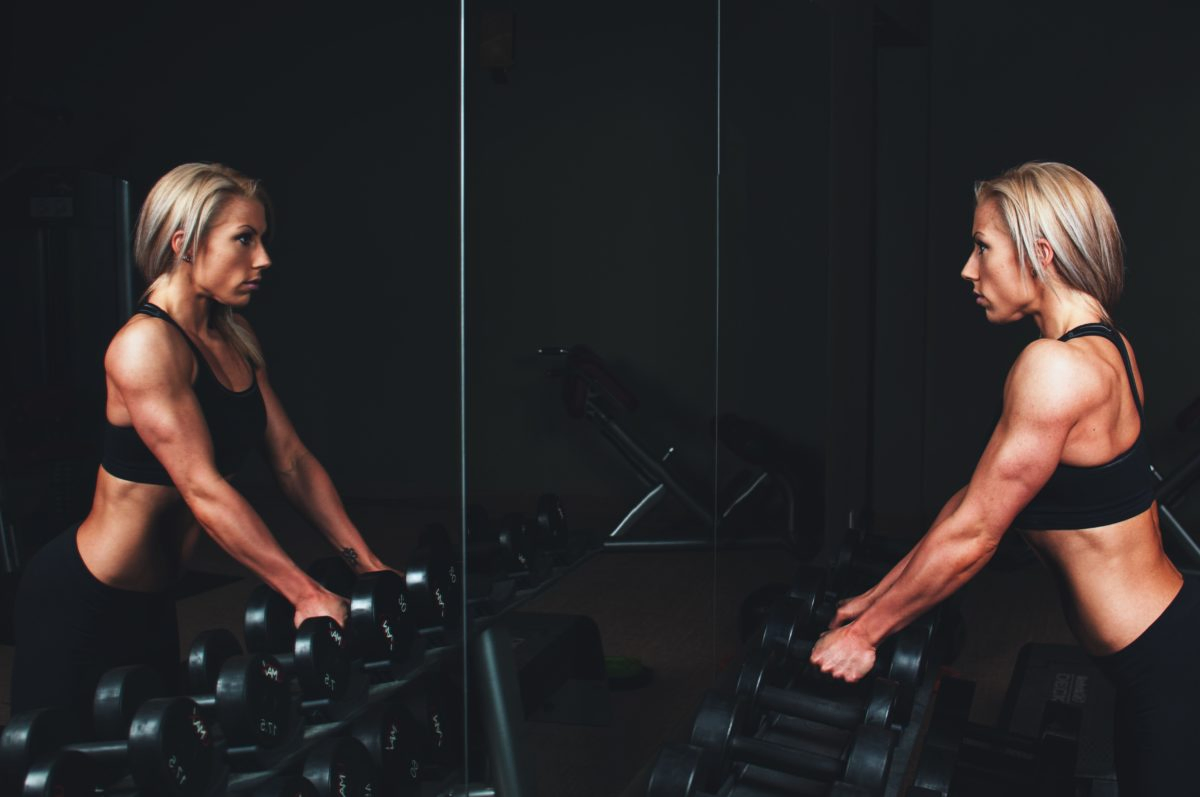Functional Training:
This term is everywhere in the fitness industry. The definition of it is also highly interpretive! Here are a few descriptions:
- Steve Cotter in his book “Kettlebell Training [1]” defines functional fitness training as: “Exercise that addresses the body as a whole system in order to train the movements and motor patterns that result in effective movement. Functional fitness programs function on performance rather than aesthetics.”
- Kelly Starrett, the author of the very popular “Becoming a supple leopard [2]” makes this statement: “ I define functional movement as one that requires you to prioritize spinal mechanics and initiate movement from your hip and shoulders.” On the same page he goes on to say: “most important, a functional movement should not increase the potential for injury. After one rep or 100, you should come out of it unharmed.”
- In the book “Fascia in movement and sport”, Wilbour Kelsick in chapter 18 [3], describes functional training in particular reference to running. He states: “ The definition that is used in this context for Functional Training is training that is specific to the body movement you are attempting to execute.” He goes into great specificity on, specificity and finishes the paragraph with: “Functional Training could be any sport-specific activity that moves an injured, deconditioned athlete or physically dysfunctioning individual towards a safe return to sport or activities as soon as feasible.”
A common summary of ‘functional training’:
- It involves the whole body
- It uses all three Planes of Motion
- It increases capacity for activity in daily life (especially if that is your sport)
- It isn’t aesthetic. Aesthetics may be a byproduct, however, isn’t the main goal.
- It includes variability.
The last point is the premise of this blog: Variability. Why is it important?
There are three sources that explain this really well. Daniel Lieberman, in his book ‘The Story of the Human Body’ [4] describes the evolutionary response to movement, how important variability is to our bodies, and how our bodies came to be the way they are.
The second is Katy Bowman, in her book ‘Move your DNA’ [5]. She talks about the body’s response to our constant lack of variability in motion and how the effects on our bodies. She uses a great analogy with animals in zoos verses in their natural environments.
Finally, Michol Dalcourt and the team from the Institute of Motion (IOM) introduced me to this concept: “Variability is Specificity.”
How can you create variability?
Change the tool you’re using! In the videos below, I show some ways to add variability. Meanwhile, the actual movement pattern remains the same. Changing the tool is the only difference each time.
What are the variables with each movement I demonstrate?
- The shifting mass and catching methods of the SandBell.
- The total mass and shape of the KettleBell.
- The distance of travel away from the body of the ViPR, while using two hands in an under grasp.
All impose a different type force to the body. All of these variables will evoke a slightly different response to our cells. Different strains and stressors will teach the body to be adaptable and add more ‘function’ to your training.
References:
Cotter, S. (2013). Kettlebell training. Human Kinetics.
Starrett, K., & Cordoza, G. (2013). Becoming a supple leopard. The ultimate guide to resolving pain, preventing injury, and optimizing athletic performance.
Schleip, R., & Baker, A. (Eds.). (2015). Fascia in sport and movement. Handspring Publishing. Chapter 18
Lieberman, D. (2014). The story of the human body: evolution, health, and disease. Vintage.
Bowman, K. (2017). Move Your Dna: Restore Your Health Through Natural Movement. Propriometrics Press.
